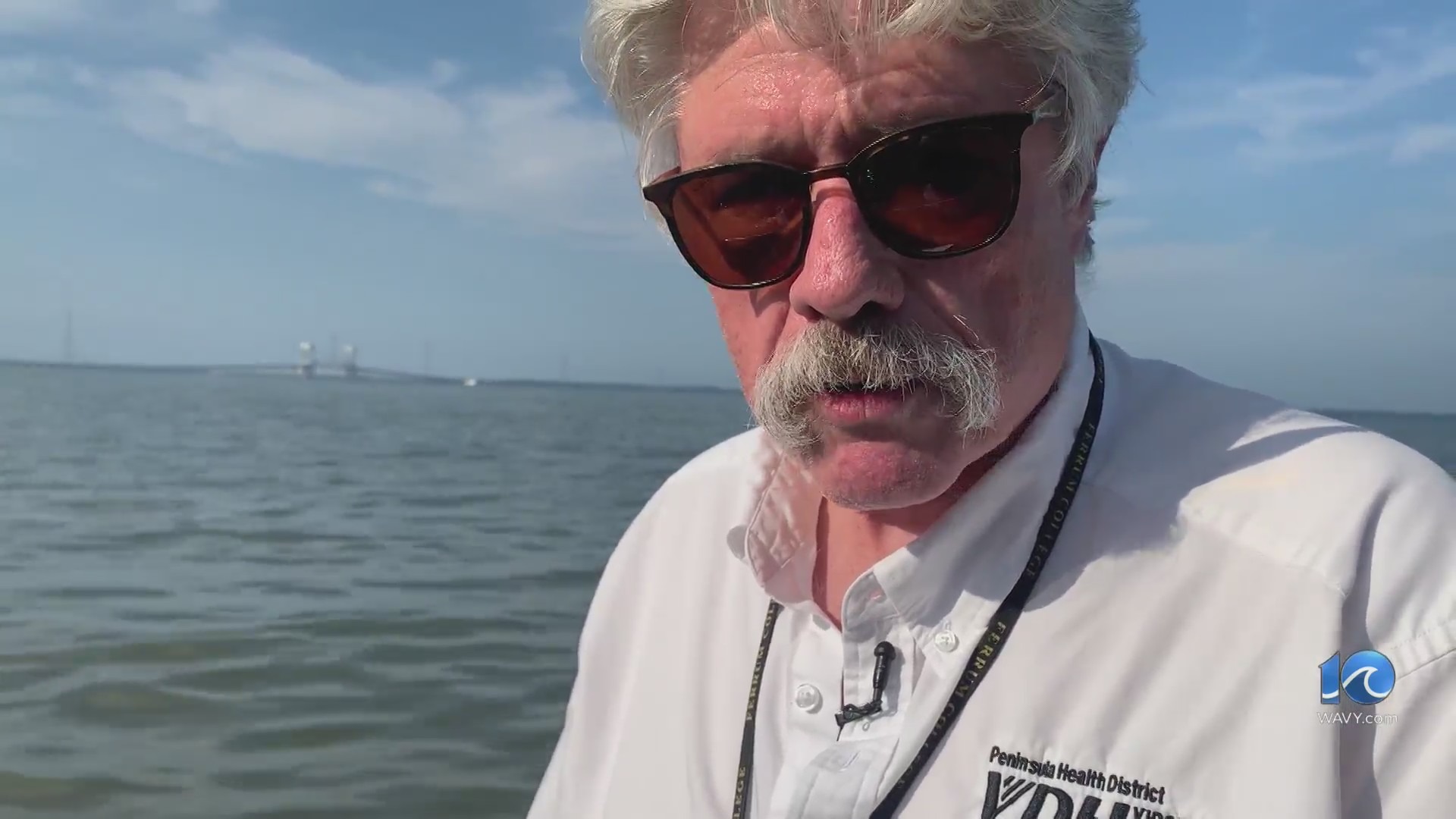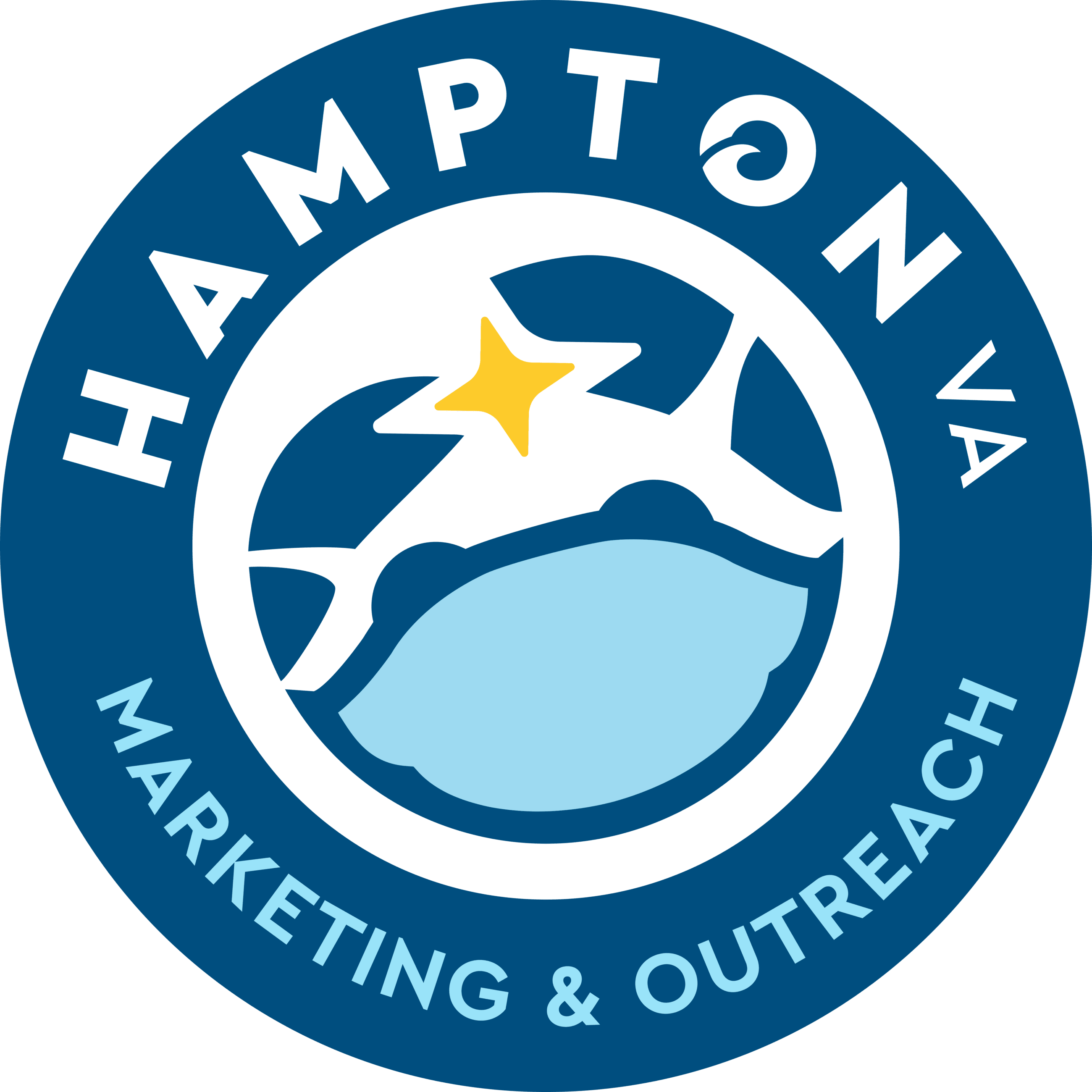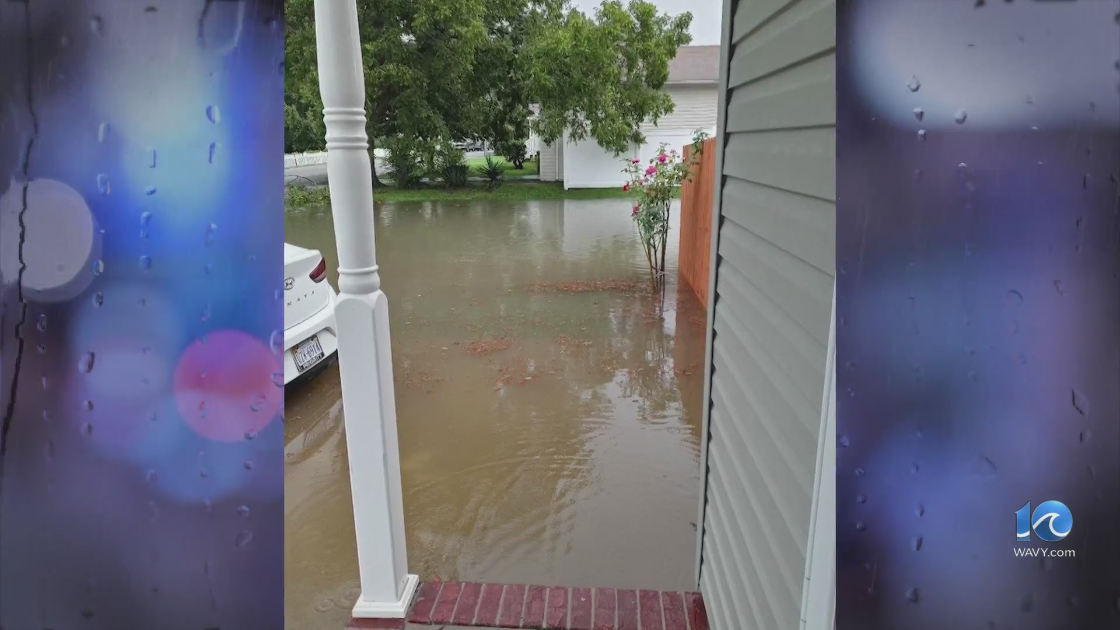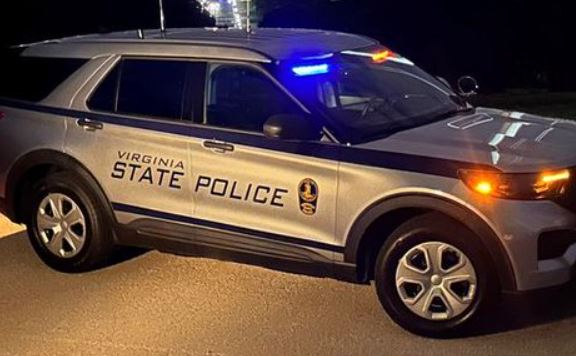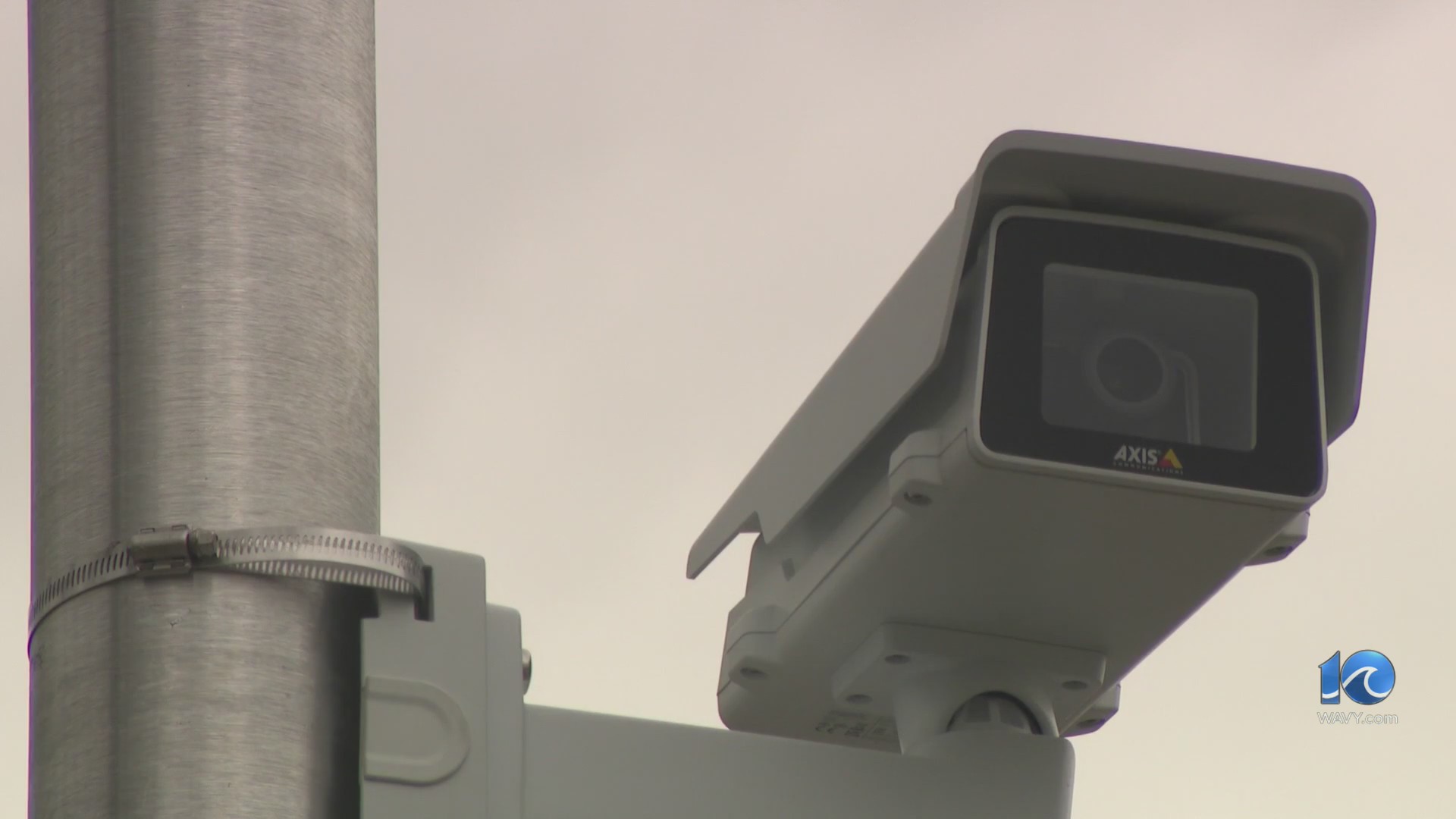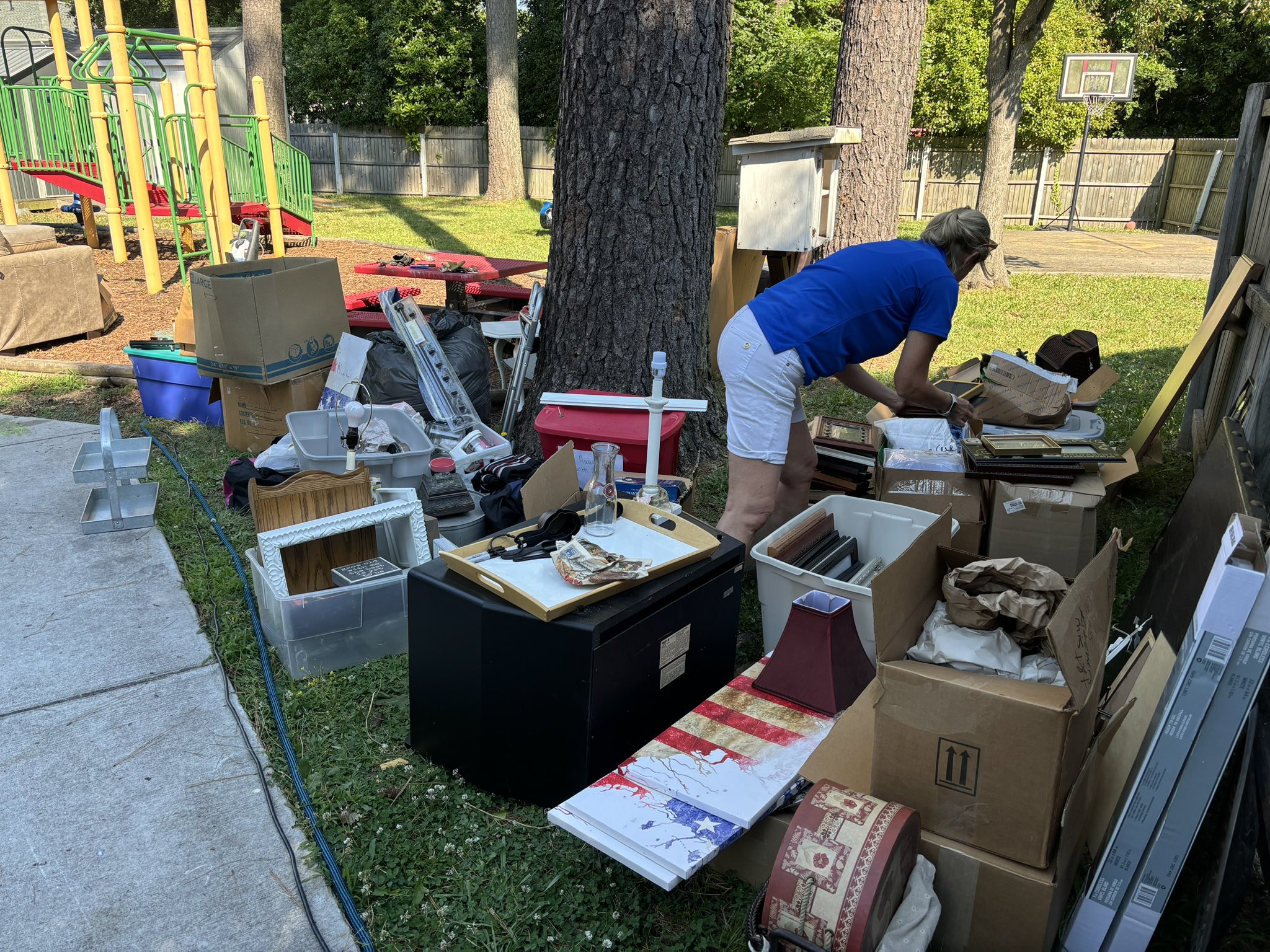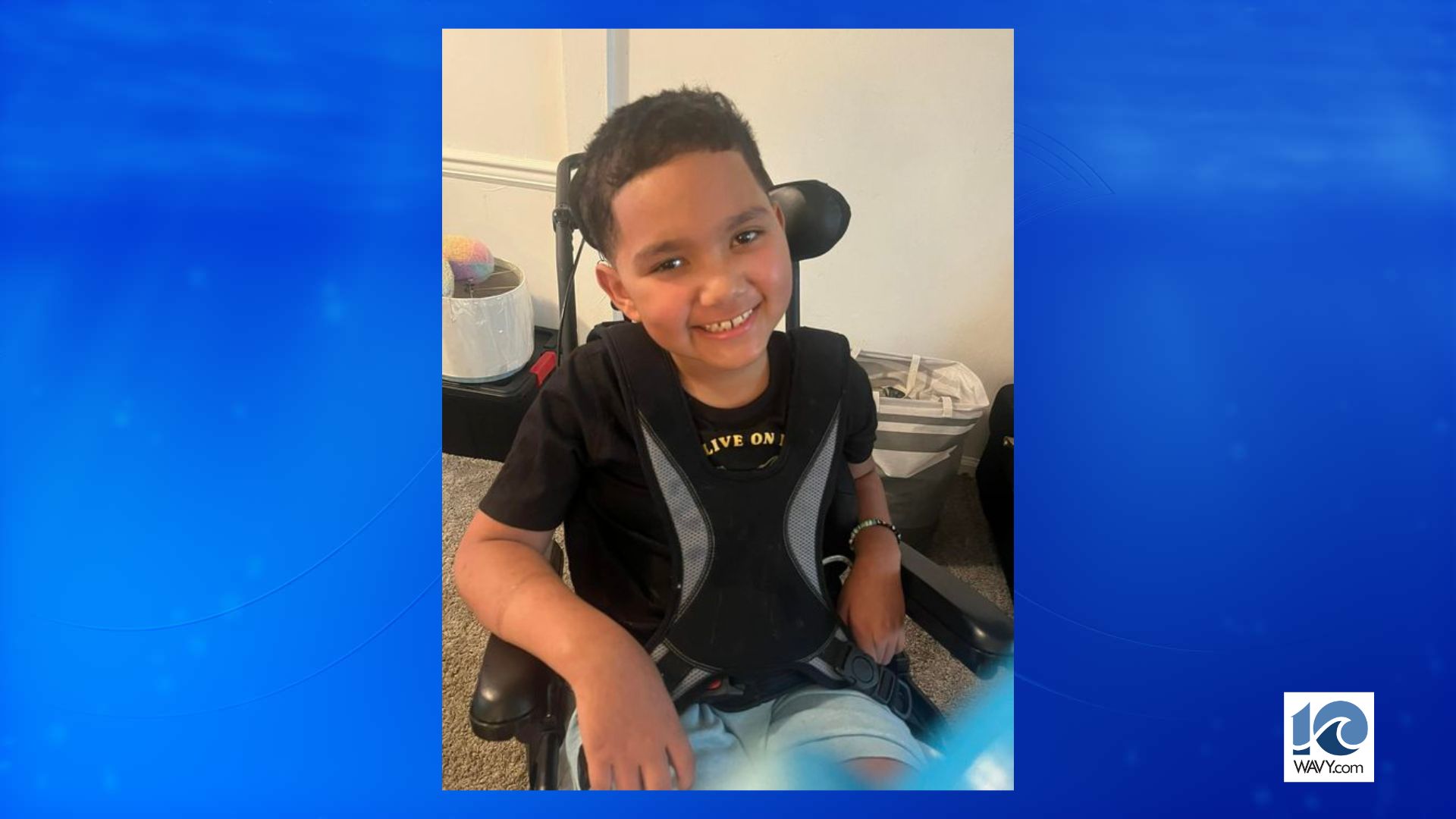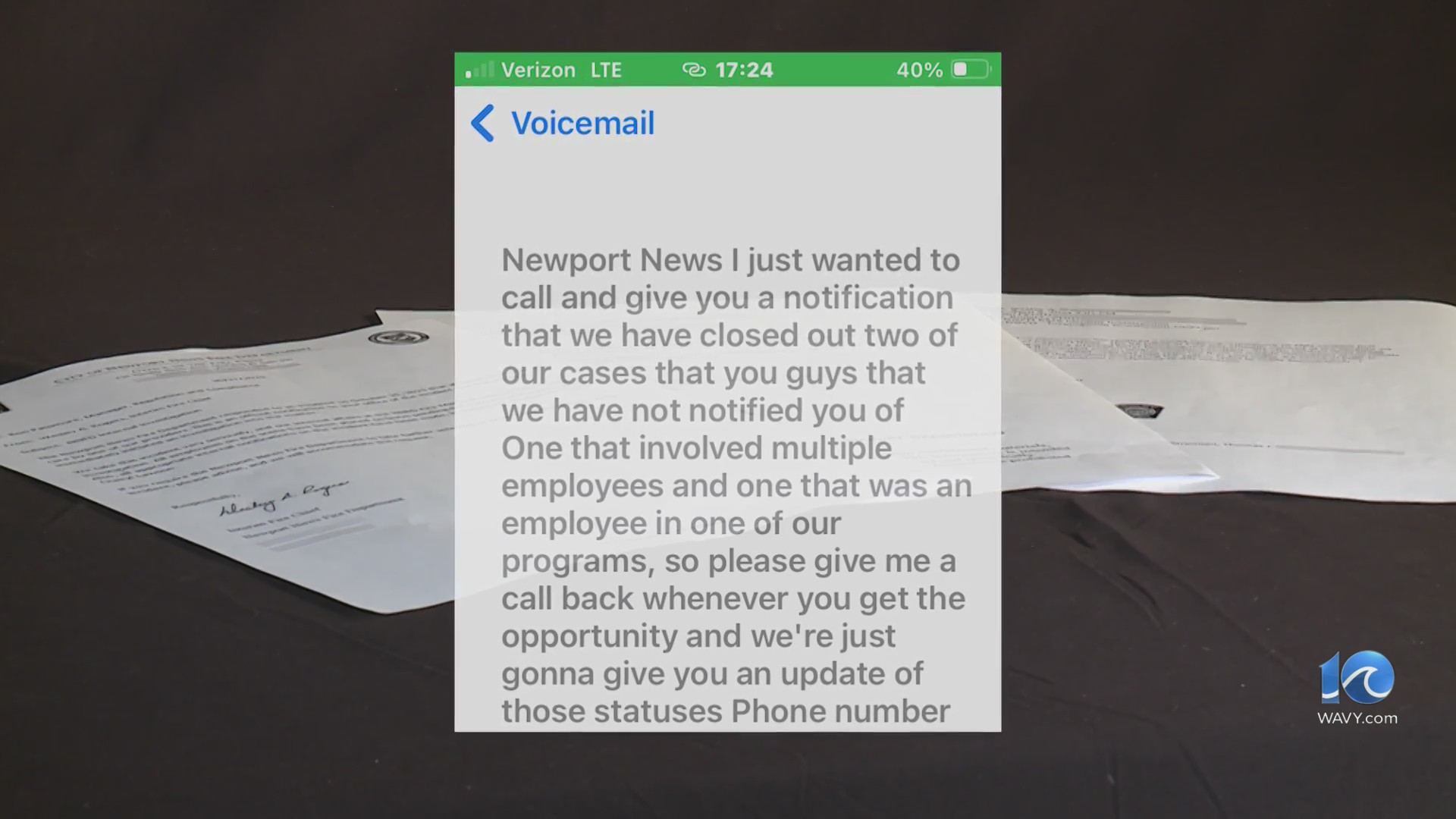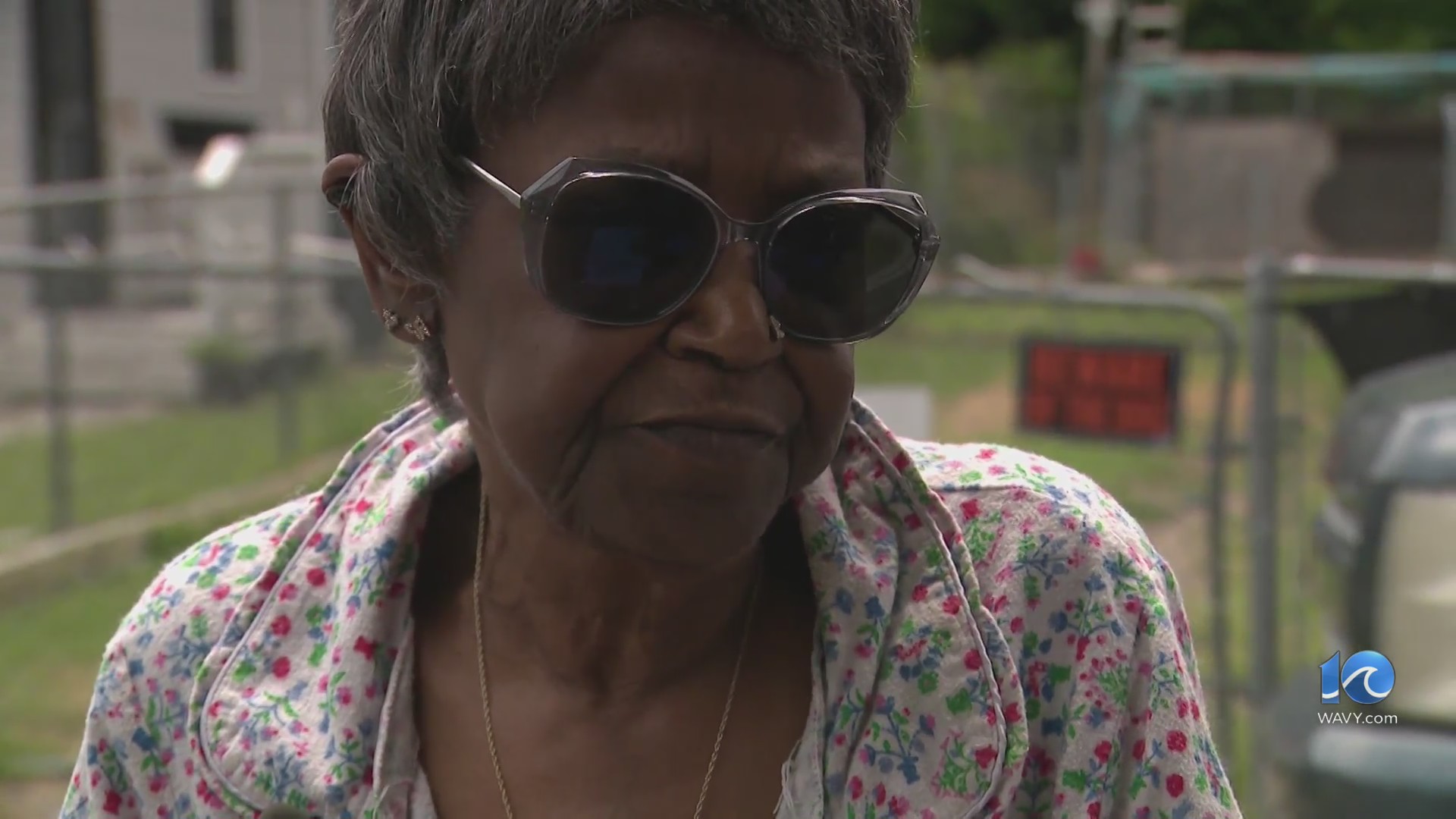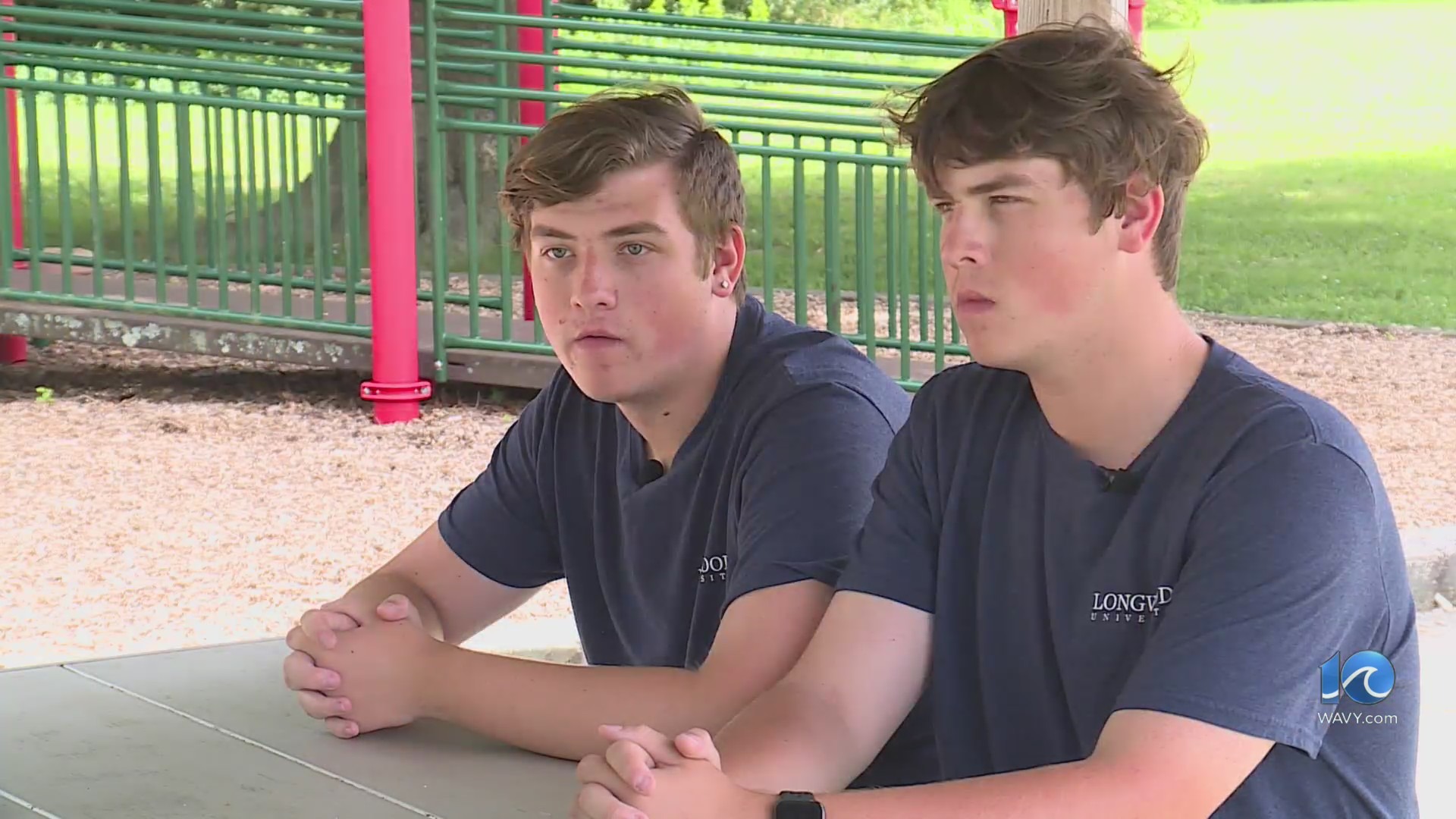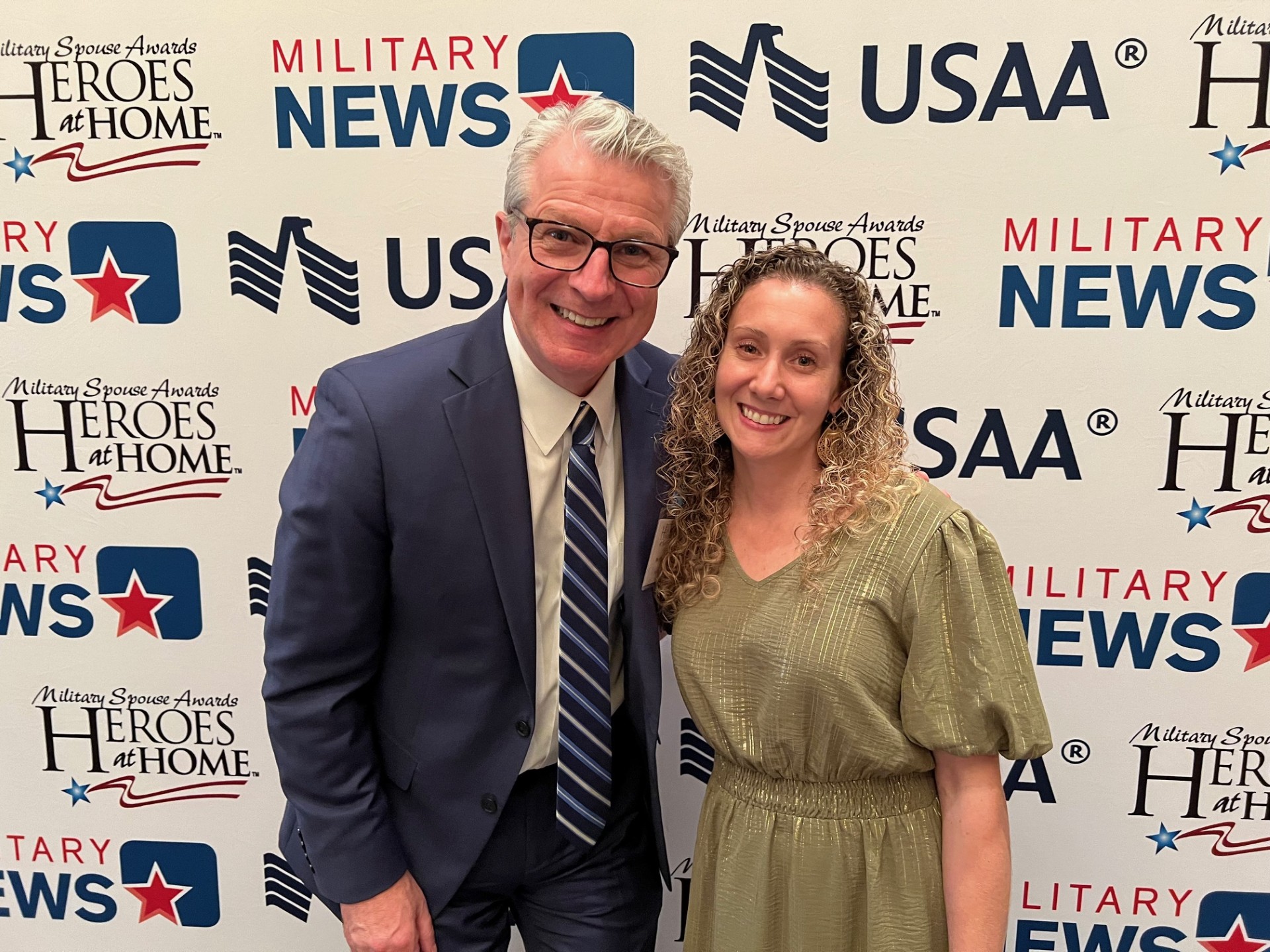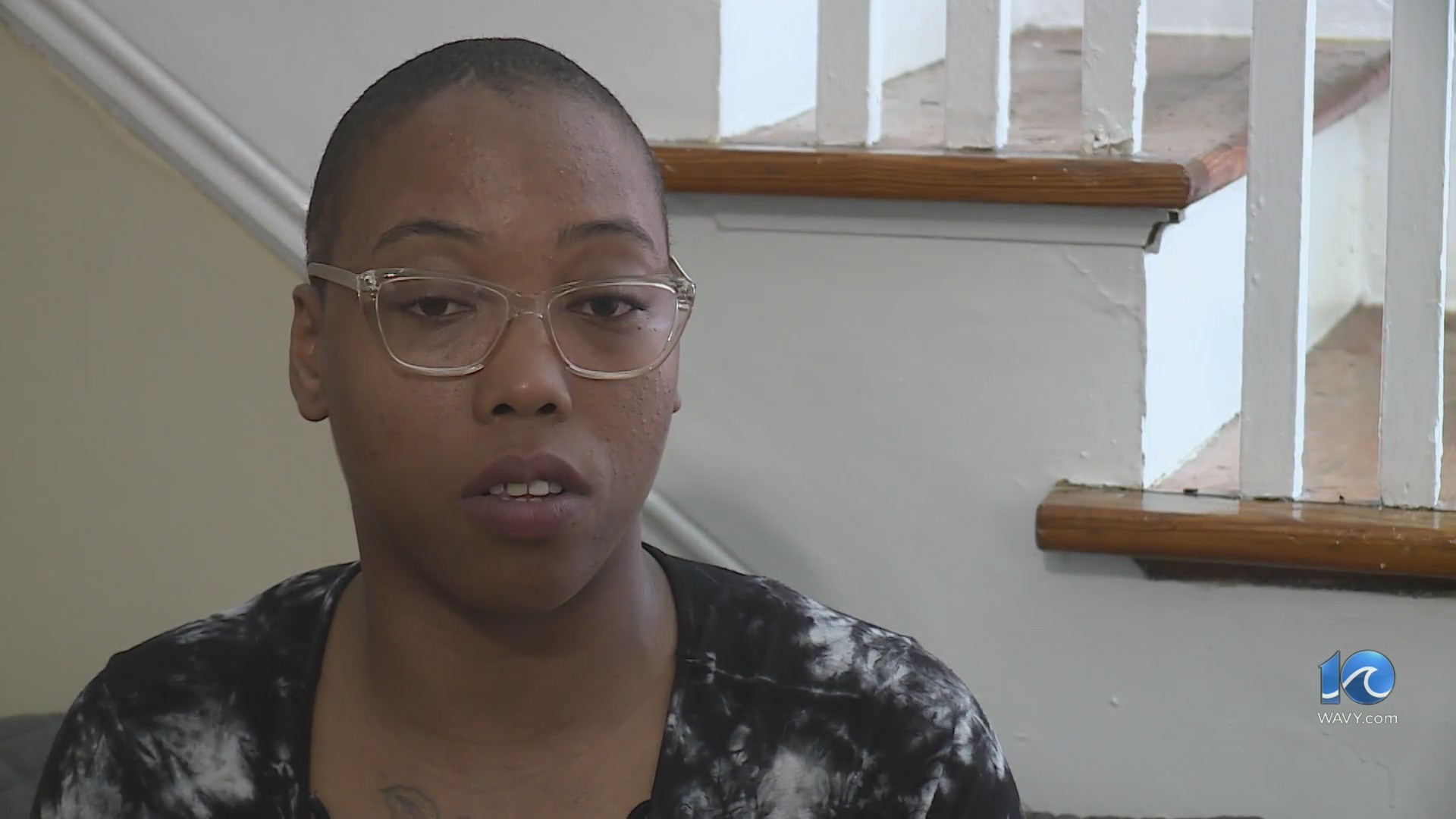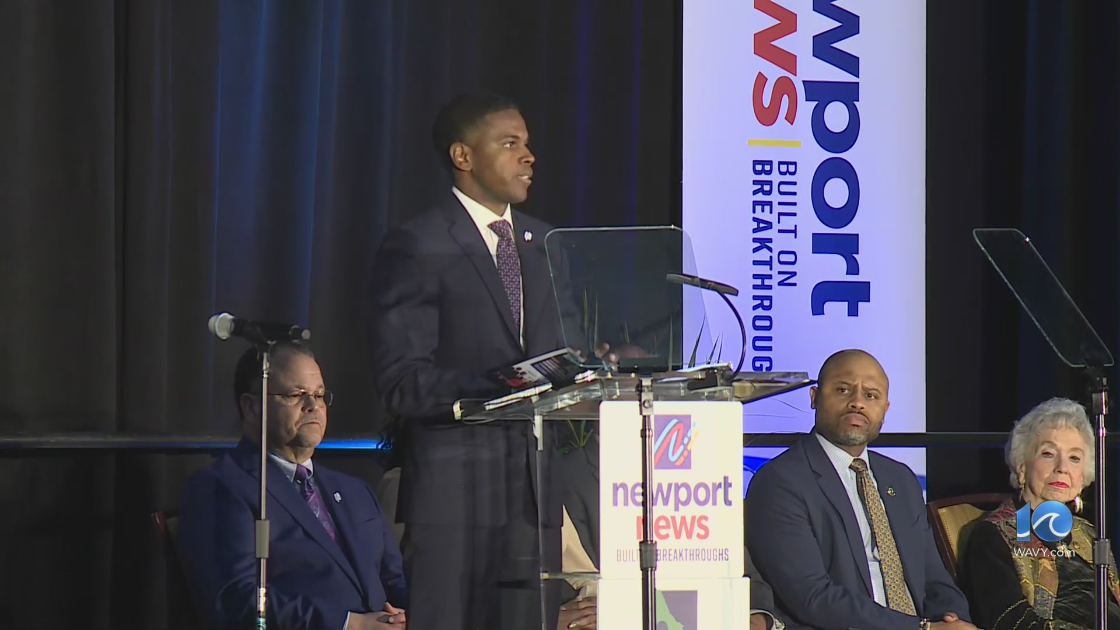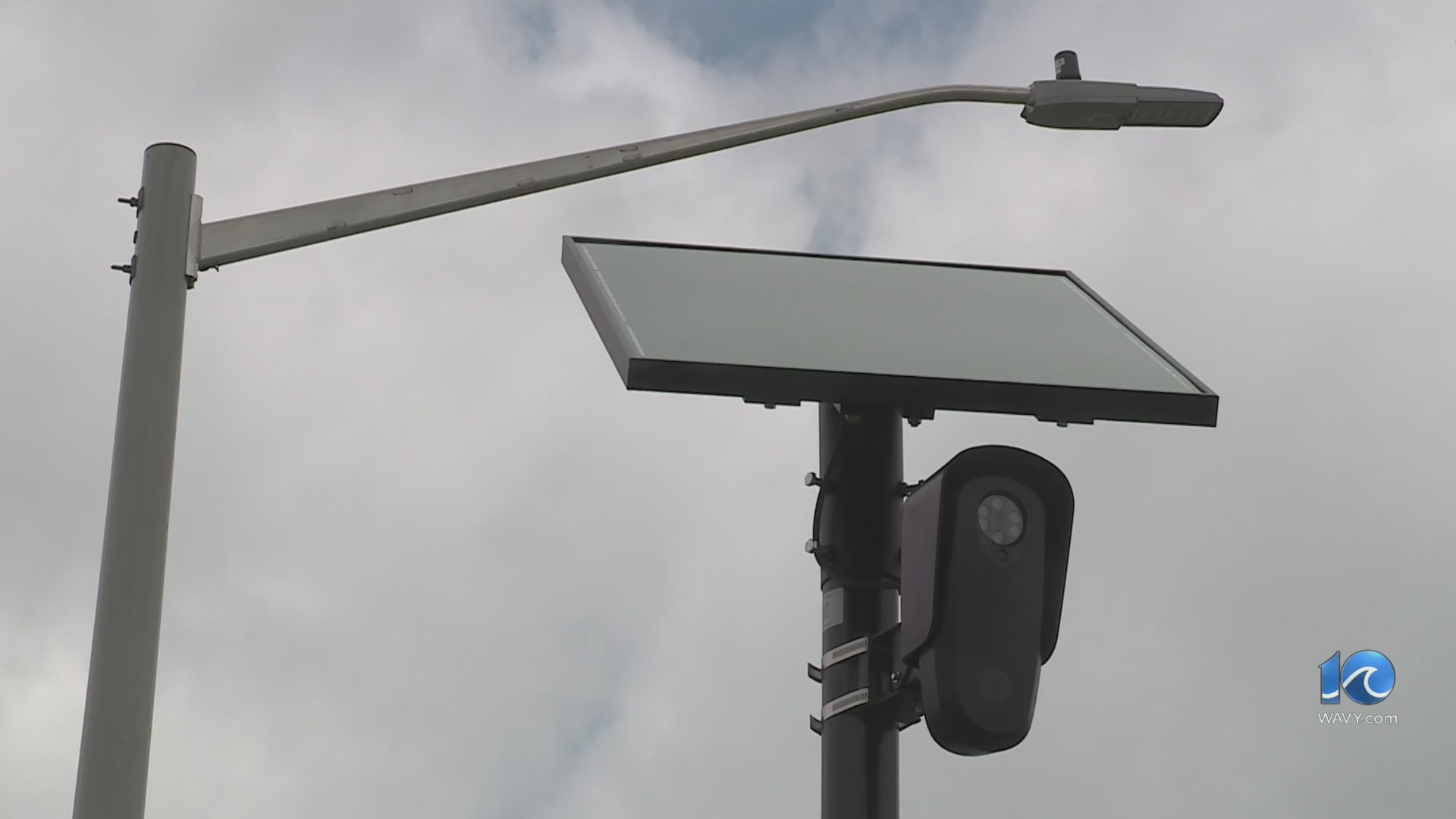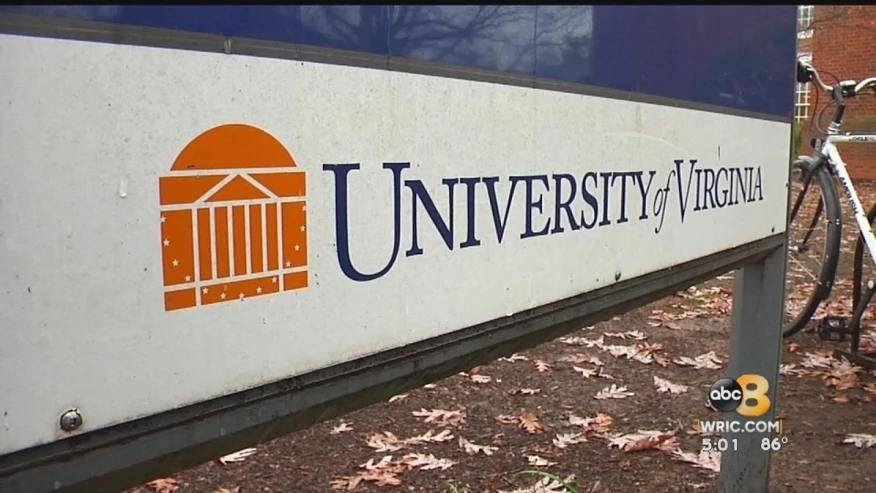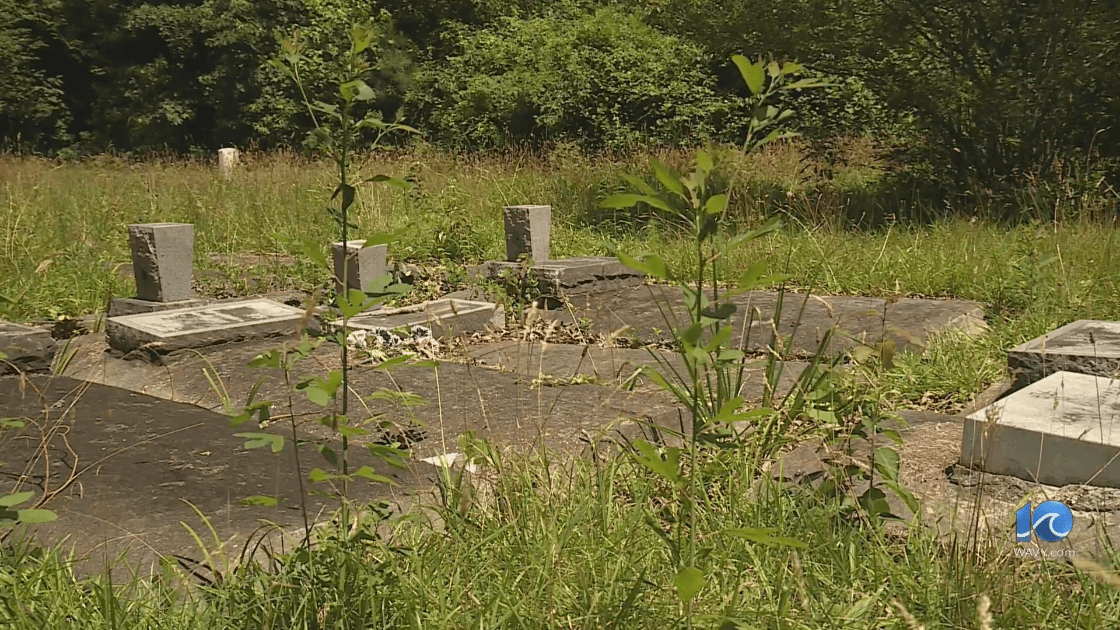HAMPTON ROADS, Va. (WAVY) — Many families are still in limbo following changes to the Virginia military survivors and dependents education program.
They’re working to get answers as Gov. Glenn Youngkin’s first task force meeting approaches.
Some families said they stayed in Virginia for this program, and now say they don’t know what to do.
Families are still trying to piece together the language in the budget regarding the changes to the Virginia Military Survivors and Dependents Education Program.
10 On Your Side has previously reported on changes to the program that were implemented when the budget was signed.
Currently, the children of veterans who are more than 90% permanently disabled, or who were killed in action or taken prisoner, can have their tuition waived for up to eight semesters at a public college or university in Virginia.
However, changes to the program require families of students who were not enrolled in schools by May 15 to apply for financial aid and potentially pay out of pocket before using a tuition waiver.
For military families, how Chapter 35 funds are being used is a big concern. Many families used these funds for room and board or books under the previous terms of the program.
“We’re operating under the belief that those funds will not be included in the calculation, Chapter 35 specifically, or anything that’s flowing directly to the student,” said Lee Andes, interim director of finance policy for the State Council of Higher Education for Virginia (SCHEV).
Families in Limbo
For families who stayed in Virginia mostly for the program, they say they feel like the rug got ripped out from under them.
10 On Your Side spoke with families who felt like the timing of the announcement before Memorial Day felt intentional.
“You know, it’s kind of hard to stay in a state that sort of turns its back on a commitment that they made,” said military spouse Gina Klingeman.
Gina Klingeman’s husband, Mike, is a 28-year Navy veteran who retired two years ago. They have three kids, two are in college and one is in high school. One of her daughters is currently using the tuition waiver, while the other had planned to use it for graduate school.
“As with anything, we will certainly just roll with whatever happens to make it so that they’re able to go to school,” Klingeman said, “but it would have been nice to have some kind of notice.”
Klingeman said no one goes into the military with the expectations of making a lot of money. Rather, they do it for their country, and sometimes their service comes at a high cost — one you can’t always see.
“It’s helped knowing that there’s programs to help them when they get out,” Klingeman said, “and it just doesn’t sit right whenever those are just sort of taken away.”
Klingeman said this program was a big factor in their decision to stay in Virginia.
“For many of us, us included, you weigh your pros and cons,” Klingeman said, “and for us, the absolute deciding factor was this amazing program that our children were going to get to partake in.”
Fellow military spouse Krista Sheets agreed.
“We looked at other states,” said military spouse Krista Sheets. “I’m from Pennsylvania. I love it there. I would have loved to go there. They don’t have a program like this. Even the states that do, when you look at the options here in Virginia, they’re so great.”
Sheets and her husband have six children. Her husband is a 22-year Army veteran and spent most of his time working as a special forces officer or Green Beret. Their oldest daughter is a high school freshman and is already thinking about college.
“She’s in the legal studies program at First Colonial [High School], so she is definitely thinking about all her options right now,” Sheets said.
How does the program work?
10 On Your Side spoke with the State Council for Higher Education about the waivers and how they work.
They said there’s no money changing hands here, so the families who are eligible must be cross-checked with the state Department of Veterans Services to make sure they qualify, and then college just waives the amount from the student’s financial accounts.
“Virginia wants to provide an affordable path towards higher education,” Andes said. “Previously, it was a full waiver of tuition and fees, plus a stipend, and now in the new rules, the amount of the waiver has been adjusted.”
Andes said Veterans Services is in charge of verifying that this is a veteran who is meeting all the criteria for the disability standard. Once that person completes the process, institutions and SCHEV can receive that information and then apply the tuition waiver as appropriate.
Then, SCHEV provides a stipend amount for the applicable students, which is separate from the wavier.
“Institutions will let us know they have plans to have a full time student,” Andes said, “so we’ll know how much of the stipend to disperse to those institutions.”
There’s no money being exchanged here. The tuition is waived by the college or university, and like everything else, school is getting more expensive.
“We’ve been tracking the number of recipients by year, but also the dollar value of the waiver, of tuition and the cost of the program,” Andes said. “The amount of tuition being waived is outpacing the increases and not the recipients, so we may get a 30% increase in recipients, but have a 40% increase in cost.”
There is a difference, though, between who gets the stipend and who gets the waiver.
“When that was expanded with tuition waiver, it did segregate that, the previous group of injuries, and combat situation retained eligibility for the stipend,” Andes said. “But the new group getting tuition waiver through service-related injuries could only get the waiver, but not a stipend, so we call that tier one and tier two.”
The House Appropriations Committee received a presentation Tuesday regarding changes to VMSDEP, addressing some of the challenges and wanting to do so in conjunction with the upcoming task force meeting.
Leaders said the program has grown significantly in the past five years, growing from $12 million per year to $65 million per year. They said there’s been a 450% jump in the past five years and estimate the program to cost $85 million in the next year if it continues as is.
“We report the data that’s given to us by the institution,” Andes said, “so it’s a tuition waiver once that might be a full-time, another one is nine hours and six hours. So it’s however much tuition is assigned to be applied to that student’s account, so everyone gets their student balance, their cost to go to school. [For] most students, scholarships and grants … kind of pay that down so that they don’t have to pay as much out of pocket, but for this program, it would waive that that tuition amount.”
Advocates from the program fear that the numbers don’t reflect the actual cost of the program. SCHEV said the numbers reflect the actual tuition charge to the student and could include other mandatory things that are associated with their enrollment, such as athletic fees or service fees.
“The difference is mainly in the tuition amount,” Andes said, “so whatever institution has said this is how much is being waived. That’s the amount reported to SCHEV what student by student basis and we just add it up by institution.”
He went on to say that “the numbers that I quoted for the past usage, none of those were estimates or projections by SCHEV. That was real student-by-student data submitted by the institutions, or how much waiver was applied to each account, so that … they’re all adjusted based on how each individual students enroll full-time. Our projections moving forward [were] based on a strong four-year trend of near or above 40% year-over-year increases, and the Department of Veterans Services expects similar growth patterns to the next biennium.”
Advocates fear that SCHEV or the colleges and universities want the program to be shut down.
“The institutions were not trying to remove the program from the students,” Andes said. “They’re just trying to find a way to make it more manageable for their budgets. We recognize the issue, and our recommendation was that legislators address it, and we recommended either program reform or cost offsets to the institutions, or a combination of the two.”
The new budget includes $20 million for public colleges and universities to help offset the costs of the program.
“This program, historically, has received for the tuition waiver portion of this program … no state funding,” Andes said. “This has been a full waiver by the institutions. You can look at it as foregone tuition of tuition revenue not collected, so this year, for the first time in the budget, there is $20 million per year earmarked to help that. We would then give these funds to the institutions to help offset some of the cost of the program for the next two years.”
Students who committed to an institution by May 15 should be grandfathered in under the previous terms of the program, but families with students in community colleges wonder how that works for them because there isn’t a formal commitment process.
“That’s one of the things we’re trying to work on,” Andes said. “Two things we know we’ll be able to say [is] that if they are already enrolled in ’23-’24 and then they’re just continuing re-enrolling for fall, they’re fine [and] they’re already in the program, they’re covered. If they were approved for VMSDEP benefits during the ’23-’24 award year, then those students would also be exempt. They would not be subject to the May 15 commitment date.”
During the presentation Tuesday, legislative fiscal analyst Tony Maggio said the influx of students in the waivers program created an imbalance as universities absorbed their cost of tuition, meaning that other students had to pick up the difference in the form of increased tuition.
Andes said he couldn’t speak to whether or not colleges and universities are raising tuition specifically because of this program.
“That goes back to how institutions are managing these,” Andes said. “The lost revenue that they get will, again, vary by institution. We have to consider the possibility that tuition may be higher now because of the cost, especially as it escalated last couple of years.”
And students using it for grad school would be impacted under the new terms of the program. If you are currently enrolled, Andes said you should be grandfathered in to complete the program.
“The program through this past year allowed for any degree level,” Andes said. “The new language would restrict it to undergraduate only and [the] first bachelor’s degree.”
Andes said he understands that families have a lot of questions, and that these changes are new to them too, but they’re working to help the families who have been impacted.
“I wish they had all the answers that they need,” Andes said, “and we are working very quickly, carefully to provide some guidance that will help address some of those questions,” said Andes.
A benefit that comes at a cost
As for families, they hope there’s a solution soon.
“I try to be really optimistic,” Sheets said. “I know we have a lot of people really pushing for a special session, getting our representatives and our senators and the delegates to agree to restore the program to what it was before the budget was signed on May 13, so that people have notice of potential changes and to do the study before these dramatic changes happen. I think that’s the biggest thing.”
Sheets wishes that the state’s study into the program would have happened prior to these dramatic changes for families.
“What are the real costs involved here, and what can we do to keep that promise to veterans who decided to retire here for this benefit, whose children are here contributing to the community every single day,” Sheets said. “They’re all going to college to get degrees in areas that are really needed — teaching, nursing, all of these things that they plan to stay here as well. We want to attract veterans to stay and to pay taxes here and to start businesses here. And this is one of the ways that Virginia is doing it.”
As for the future?
“Will we move? I don’t know,” Sheets said. “We love it here. We want to stay here. But this has been really hard to stomach.”
Klingeman notes that, while it is a benefit, it comes at a cost.
“I feel like this program is for children who are in a unique situation,” Klingeman said. “It’s a benefit for them. These aren’t kids who get to have normal, regular childhoods. We make them as normal as we can, but at the end of the day, when they’re sitting around, talking with other friends whose parents are in the military as well, the conversations that they get to have with each other about their lives are very different than other children because they’re dealing with parents who are disabled, dealing with PTSD and other issues that have resulted from their parents’ service. To rip that out from them, it just seems unfair. They’ve already had enough. I think this is one thing that the state of Virginia can give them as a thank you.”
Friends of VMSDEP is a group advocating for the governor to call a special session to revisit the language in the bill because it impacts a lot of families in the state. As of 2019, 730,215 veterans called Virginia home. The group was formed to help bring awareness and advocate for the program.
Youngkin press secretary Christian Martinez previously released this statement to 10 On Your Side regarding changes to the program:
“Governor Youngkin addressed this issue in his budget amendments by removing the General Assembly’s eligibility changes and replacing them with a work group that included military families; the amendments were not accepted. Governor Youngkin is eager to work with all stakeholders, which will include Gold Star families, legislators, members of the military, veterans, and institutions of higher education.”
The first meeting for the task force is scheduled for June 10 in Richmond at the Virginia War Memorial from 2 to 5 p.m.
Virginians who wish to participate can do so by providing feedback to the task force ahead of the meeting by emailing PreservingVMSDEP@governor.virginia.gov.


